A management report gives you a clear view of your business performance in Malaysia. You use it to track progress, spot trends, and make smart choices. The executive summary in each management report highlights key results, so you see what matters most. The importance of management reporting lies in turning raw data into actionable insights. Modern tools like FineReport help you build an effective management report that you can access on any device.
- Modern dashboards deliver real-time data, speed up approvals, and align with your business goals in Malaysia.
- Dashboards also improve collaboration and help you focus on the right metrics.
With these features, you stay ahead and respond quickly to market changes.
Key Takeaways
- Management reports turn raw data into clear insights that help you make smarter, faster business decisions in Malaysia.
- These reports track performance, spot trends, and support teamwork by sharing important information across departments.
- Using tools like FineReport automates report creation, saves time, and lets you access reports anytime on any device.
- Different types of management reports serve unique purposes, such as monitoring daily operations or analyzing long-term trends.
- Including clear visuals and focusing on actionable insights makes management reports easier to understand and more useful.
Management Report Basics
What is a Management Report?
You rely on management reports to understand how your business performs in Malaysia. These reports serve as essential communication tools that deliver key information to managers at every level. When you review a management report, you see data on performance metrics, KPIs, and operational results. This information helps you organize, plan, direct, and control business activities in Malaysia.
Management reporting meaning centers on providing timely, clear, and visually engaging summaries of your business’s most important data. Unlike financial reports, which focus on external compliance and historical results, management reports are internal documents. You use them to estimate future performance, spot trends, and make proactive decisions.
Industry standards define management reporting as the process of collecting and presenting data that supports informed operational decisions. You can present this information in many ways, such as graphs, charts, tables, or even during meetings. The management reporting process ensures that you highlight deviations from your planned performance, so you can take corrective action quickly.
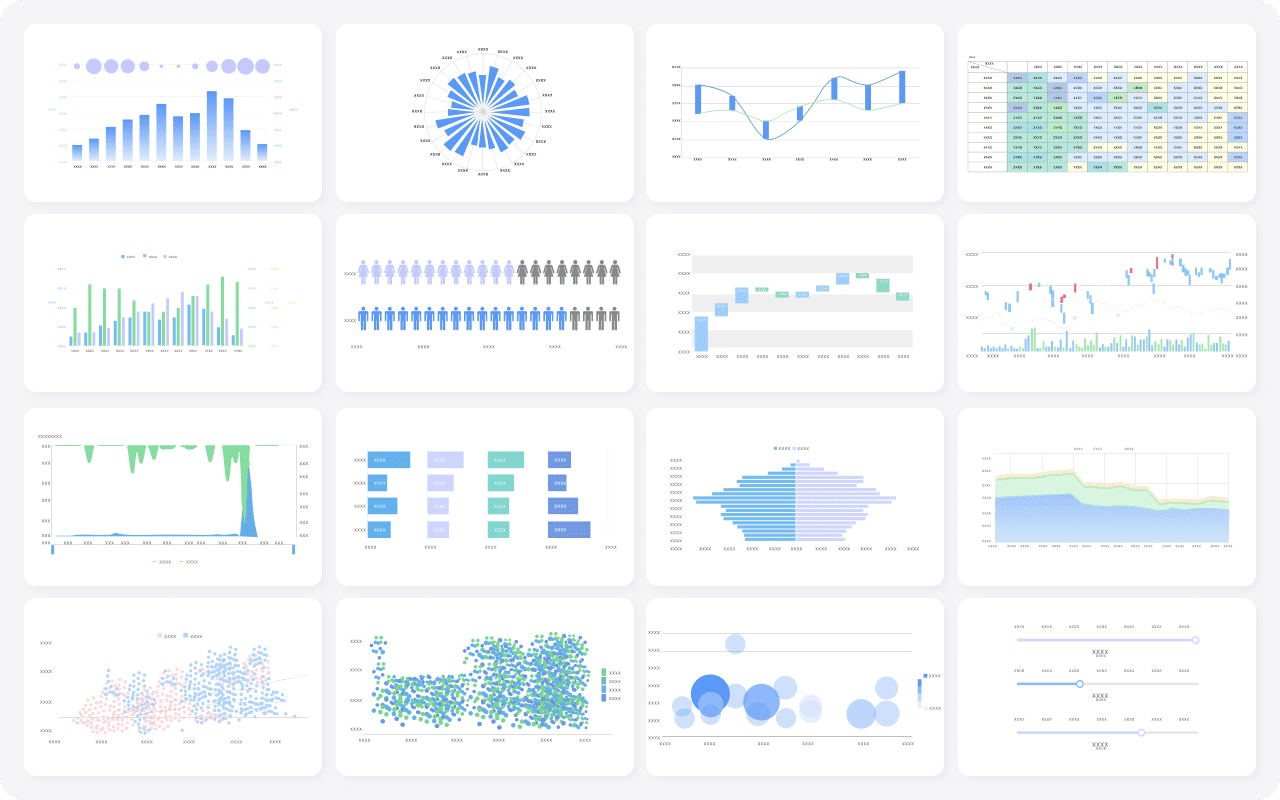
You will encounter several types of management reporting, including:
- Analytical reports that break down business performance in Malaysia.
- Internal reports that track progress within departments.
- Operational reports that monitor daily activities.
These types of management reporting give you a comprehensive view of your organization, making it easier to align your team’s efforts with your strategic goals.
Purpose and Value
The main purpose of management reports is to turn raw data into actionable insights. You use these insights to make smarter, faster decisions. Recent market research shows that businesses in Malaysia demand comprehensive management report tools because they reduce uncertainty and help you respond to changing conditions. You need tools that can handle data from many sources—customer feedback, competitor analysis, and social media—to uncover growth opportunities and tailor your strategies.
The management reporting process supports you by:
- Collecting relevant data from both inside and outside your company.
- Analyzing this data to find patterns and correlations.
- Translating those patterns into strategies that drive your business in Malaysia forward.
- Monitoring outcomes through KPIs and feedback loops.
- Building skills across your organization to use data insights effectively.
When you focus on actionable insights, you move beyond technical details and connect data to real-world decisions. For example, if you analyze customer churn data, you can identify which segments are most likely to leave and why. This lets you create targeted retention strategies that improve your results.
Management reporting meaning goes beyond just sharing numbers. It tells a story that links statistical trends to business actions in Malaysia. For instance, if you see a 20% increase in website traffic after a social media campaign, you know to invest more in that channel.
Management reports provide significant business value in Malaysia. You gain accurate data insights that help you make decisions quickly. These reports influence your strategy, improve efficiency, and support growth in Malaysia. You can assess performance, set goals, and foster collaboration across departments. Operational reports help you optimize performance, minimize costs, and improve daily operations.
You also benefit from management reporting software, which automates data collection and report generation. This reduces manual errors and frees up your time to focus on analysis and action. The iterative nature of management reporting means you can embed data-driven decision-making into your ongoing planning, leading to continuous operational improvement.
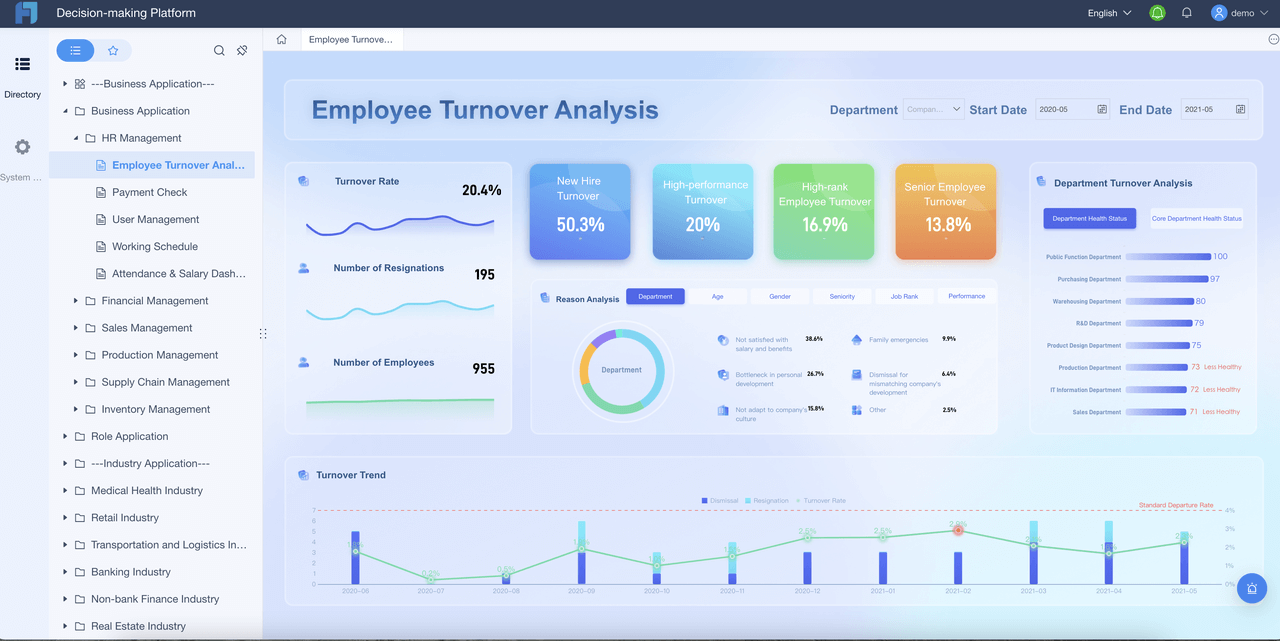
Tip: When creating a management report, choose tools that align with your business needs in Malaysia and test them through free trials. This ensures you adapt to evolving technology and stay ahead in your industry.
| Key Benefits of Management Reports | How You Benefit |
|---|---|
| Accurate insights | Make smarter decisions |
| Strategy alignment | Improve performance and growth |
| Operational monitoring | Optimize daily activities |
| Automated reporting | Reduce errors and save time |
| Actionable storytelling | Connect data to real results |
You can see that management reports are not just documents—they are powerful tools that drive your business forward in Malaysia. By understanding the types of management reporting and using the right tools, you ensure your organization stays agile and competitive.
Key Elements of Management Reports
Essential Components
When you create management reports, you need to include certain elements to ensure clarity and usefulness. Industry standards, such as ISO 9001, recommend that you focus on document management, reporting management, inspection management, audit management, learning management, and product lifecycle management. These components help you maintain control, ensure compliance, and drive continuous improvement.
You should also include sections like executive summaries, performance metrics, financial overviews, and forward-looking insights. Use clear language and logical structure so your audience in Malaysia can quickly understand the information. Visual elements, such as charts and dashboards, make complex data easier to digest. FineReport by FanRuan gives you the flexibility to design reports with these essential components. You can use its drag-and-drop interface to add key performance indicators, financial summaries, and visualizations that match your business needs in Malaysia.
Tip: Tailor your management reports to your audience in Malaysia. Focus on actionable insights and avoid information overload.
Types of Management Reports
You will encounter several types of management reports, each serving a unique business purpose in Malaysia. The most common types include:
- Internal reports for managerial decision-making
- Progress reports to track project status
- Operational reports for monitoring daily activities
- Analytical reports for trend analysis and forecasting
- Financial reports for revenue, expenses, and profitability
- Compliance reports to meet regulatory requirements
| Report Type | Purpose / Business Need | Examples |
|---|---|---|
| Internal Reports | Support managerial functions at various levels | Performance Reports |
| Progress Reports | Assess project status and deadlines | Project Status Reports |
| Operational Reports | Track operational metrics and improve processes | Daily/Weekly/Monthly Metrics |
| Analytical Reports | Analyze data for strategy and innovation | Trend and Forecast Reports |
| Financial Reports | Detail financial position and performance | Asset, Liability, Revenue Reports |
| Compliance Reports | Ensure regulatory adherence | Regulatory Documentation |
FineReport supports all these types of management reports. You can build dashboards for operational monitoring, create data entry forms for real-time updates, and generate analytical reports with advanced visualizations. This flexibility ensures you always have the right report for your business scenario in Malaysia.
Monthly Management Report
A monthly management report gives you timely and relevant information to support decision-making and track progress. You can use these reports to monitor key performance indicators, analyze trends, and identify risks. Monthly reporting helps you spot issues early, adjust strategies, and align departments with your goals.
Frequent management reports, especially monthly ones, improve accountability and keep everyone focused on results. FineReport automates the creation and distribution of monthly management reports, saving you time and reducing errors. You can schedule reports, customize layouts, and ensure that every department receives the insights they need.
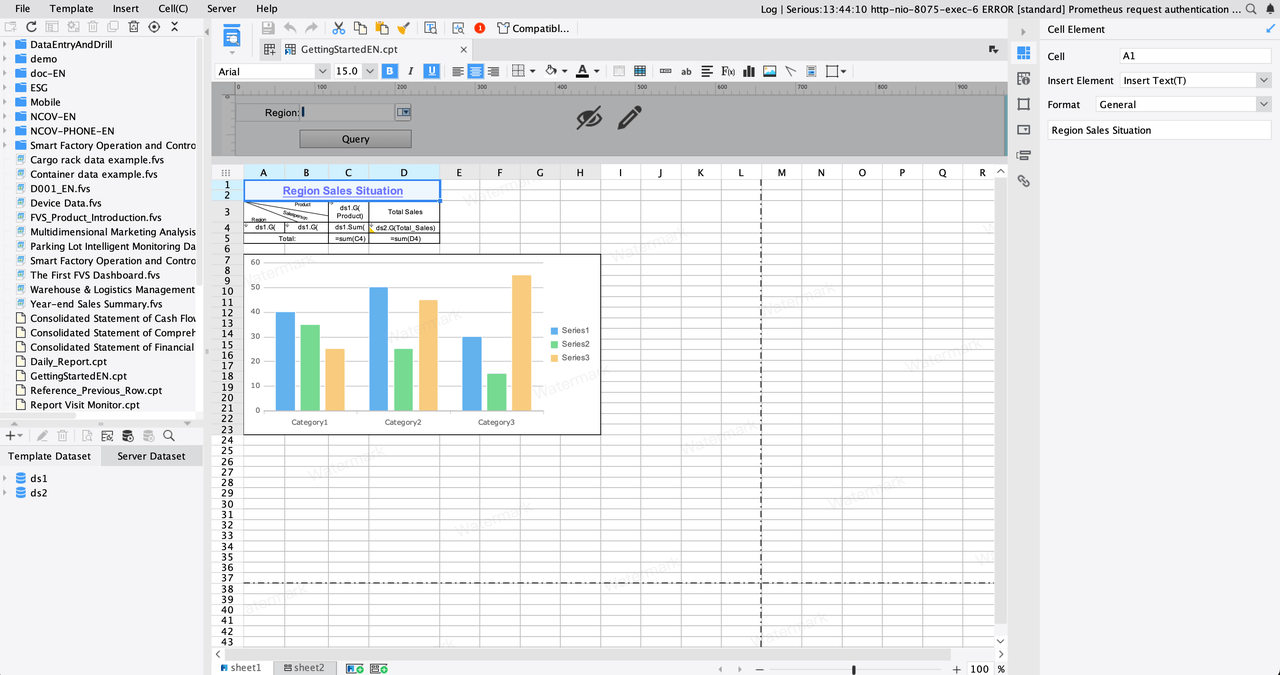
Note: Monthly management reports balance regularity and depth, making them ideal for tracking performance and driving continuous improvement.
Benefits of Management Reports
Better Decision-Making
You make better decisions when you have the right information at the right time. Management reports give you a clear view of your business performance in Malaysia by collecting data from every department. With management reporting, you see key performance indicators, financial metrics, and operational results in one place. This helps you spot trends, compare results, and act quickly.
- Management reports provide up-to-date information, so you can respond to changes in your market.
- You can customize management reports to focus on areas like budget, cost, or profitability.
- Frequent management reporting ensures you always have the latest data for your decisions.
A recent study in PLOS One found that decision-makers work best in a supportive environment with well-structured reporting. When you reduce stress and improve communication, you make smarter choices. Management reports help you do this by organizing information and making it easy to share. Tools like FineReport from FanRuan automate report creation, so you spend less time gathering data and more time analyzing it. You can drill down into details and answer questions fast, which is vital for business performance in Malaysia.
Management reporting transforms raw data into insights, helping you move from guesswork to evidence-based decisions.
Transparency and Performance
Transparency builds trust inside and outside your organization. Management reports play a key role in making your operations visible to everyone who needs to know. When you share management reporting with your team, you increase accountability and motivate better results.
Empirical research shows that transparency in management reporting increases investor confidence and reduces the cost of capital. It also improves business performance in Malaysia and governance. When employees see clear management reports, they understand goals and expectations. This motivates them to perform better.
A recent experiment showed that transparency alone, even without extra information, boosts organizational performance. Management reports make this possible by showing progress, highlighting risks, and tracking results. With FineReport, you can create dashboards that everyone can access, making management reporting part of your daily routine.
Tip: Use management reports to keep your team aligned and focused on what matters most for business performance in Malaysia.
Best Practices for Management Reporting
Effective Financial Management
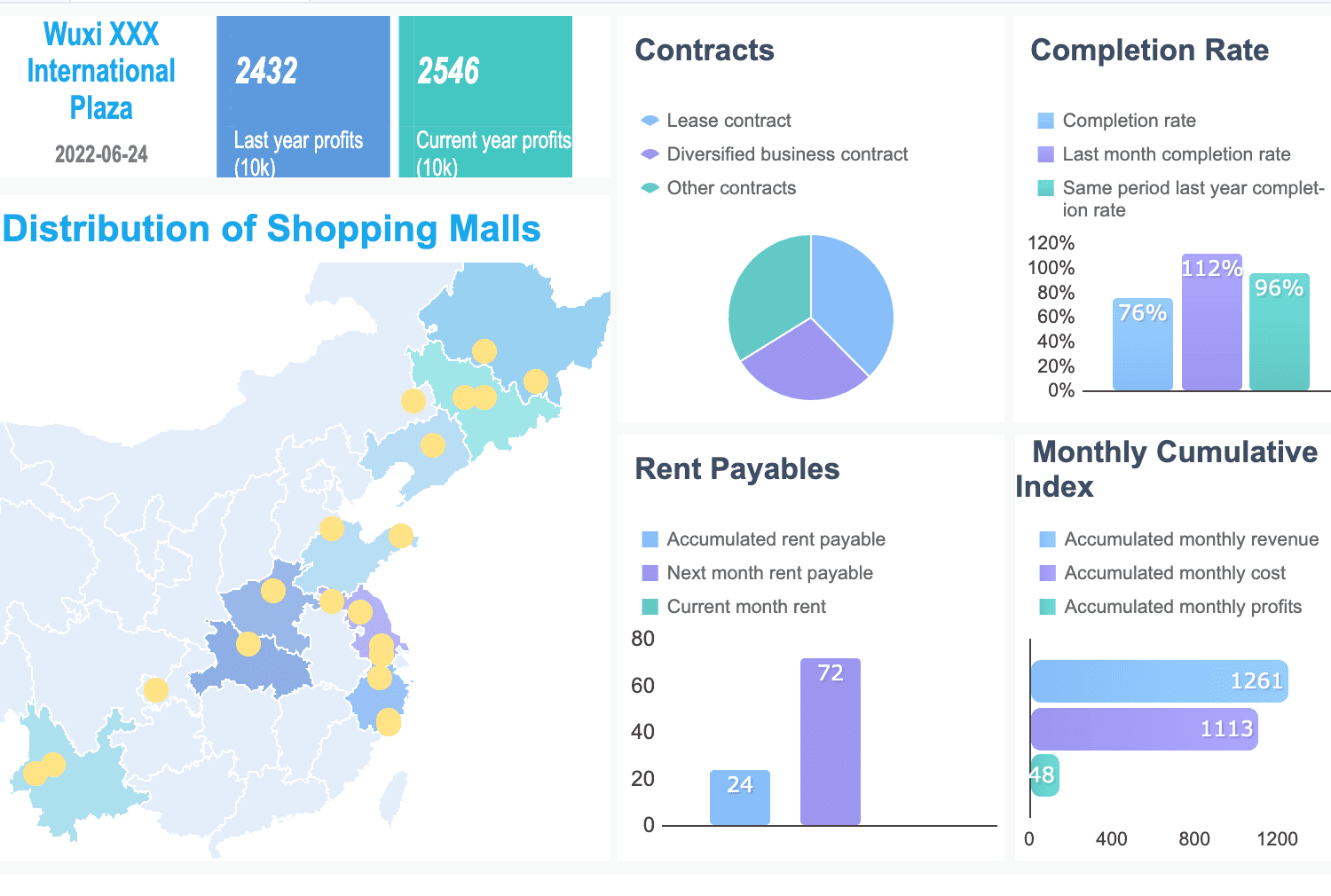
You need to ensure your financial management report delivers accurate, timely, and actionable insights. Automating your financial reports with FineReport streamlines data capture, integration, validation, and processing. This approach increases productivity by freeing your finance team from manual data entry. You gain more time for analysis and strategic planning. Automated workflows speed up approvals and maintain compliance with standards like GASB and FASB. Every transaction and change gets logged, which enhances transparency and audit readiness. Real-time financial management reporting supports quick decisions and trend analysis. When you use FineReport, you also improve the accuracy of your financial overview and budget report, reducing errors and supporting better forecasting.
Tip: Regularly validate and cleanse your financial data to ensure your reports remain reliable and useful.
Effective Sales Management
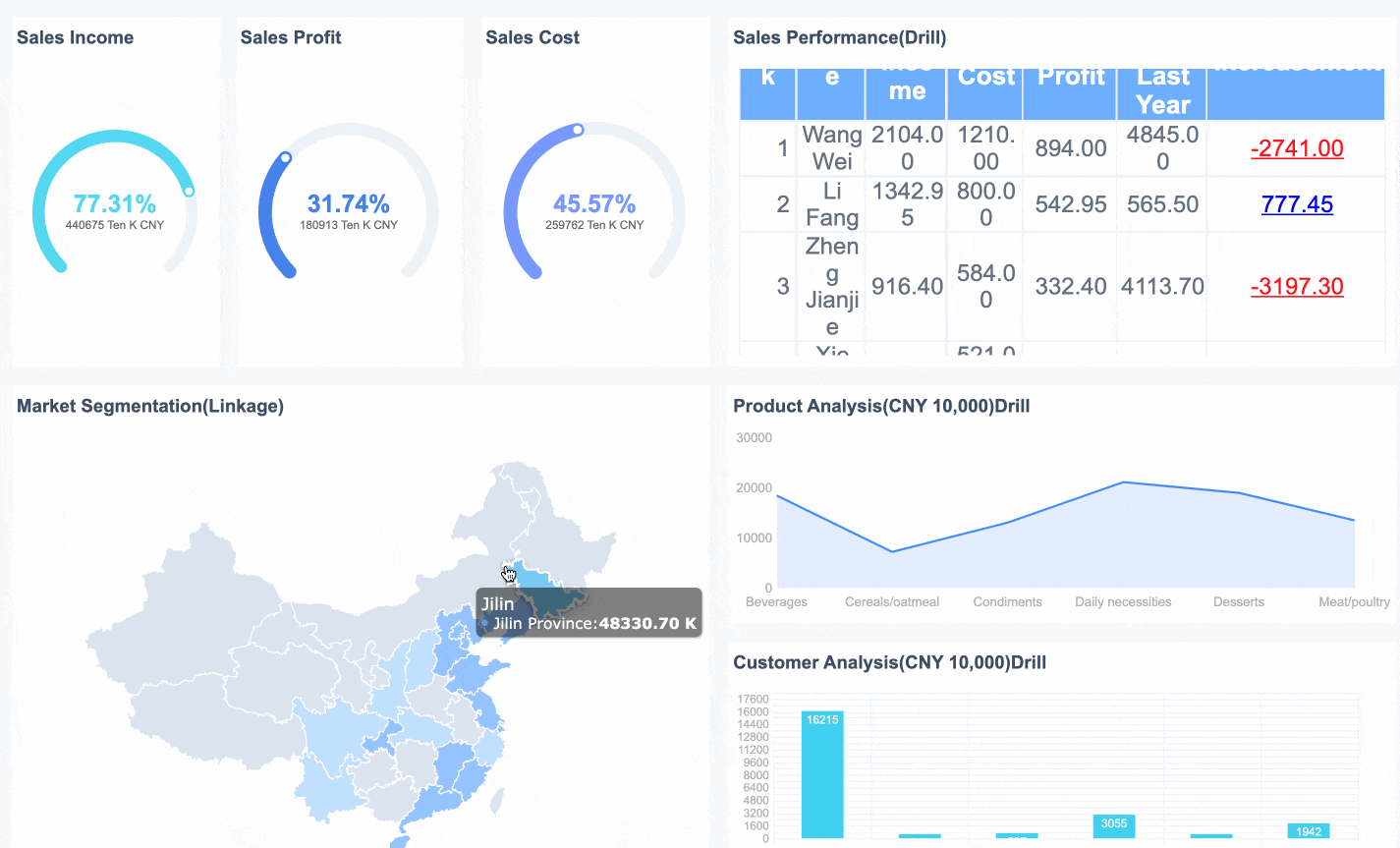
You can transform your sales strategy by leveraging efficient sales management reporting. FineReport enables you to visualize sales performance metrics with line graphs, bar charts, and funnel charts. These tools help you track revenue trends, rank team performance, and identify bottlenecks in your pipeline. Data-driven sales management reporting leads to improved decision-making and more accurate forecasting. Companies that use sales metrics outperform competitors in profitability and productivity. You can also use these insights to coach your team, optimize sales processes, and align activities with business goals in Malaysia. FineReport’s dashboards make it easy to monitor customer retention, churn, and sales mix, helping you focus on the most valuable opportunities.
Production Management
You can streamline manufacturing processes by using production management reports that track key operational data. FineReport integrates with MES and IoT devices to provide real-time visibility into metrics like Overall Equipment Effectiveness (OEE), defect rates, and machine downtime. The table below highlights essential KPIs for production management:
| KPI | Data Source | Benefit |
|---|---|---|
| OEE, Downtime, MTBF | MES, IoT | Reduce downtime, boost output |
| Defect/Rework Rates | Quality Testing | Improve product quality |
| Manufacturing Waste | IoT, Waste Maps | Lower costs, reduce waste |
| Incident/Accident Rates | MES, IIoT | Enhance safety |
| Cost per Unit, WIP | MES, ERP | Optimize production costs |
By centralizing this data in FineReport, you enable root cause analysis, predictive maintenance, and faster decision-making. You can also connect operational data to your budget report for a complete view of production costs and efficiency.
Supply Chain Control Management
You can optimize your supply chain by tracking key performance indicators in your management reports. FineReport helps you monitor inventory turnover, stock rotation, on-time shipping, and perfect order rates. The table below shows important KPIs for supply chain control management:
| KPI Name | Description | Importance |
|---|---|---|
| Inventory Turnover | Times inventory sold per year | Reveals supply chain efficiency |
| Inventory Accuracy | Correctness of inventory records | Reduces costs, prevents shortages |
| On-Time Shipping Rate | Orders delivered within promised window | Improves customer satisfaction |
| Perfect Order Rate | Orders delivered on-time, in-full, error-free | Reflects overall supply chain effectiveness |
Using FineReport, you centralize data, automate reporting, and ensure real-time access for all stakeholders. This approach supports proactive decision-making and continuous improvement in your business management in Malaysia.
Note: Invest in user training and proper planning to maximize the benefits of FineReport. Tailor your financial management reporting to your audience in Malaysia for the best results.
Management reports drive your business in Malaysia forward by turning data into clear, actionable insights. With FineReport, you create reports quickly using an intuitive drag-and-drop interface. You monitor key metrics in real time and access reports on any device.
- Automate reporting to save time and reduce errors
- Customize reports for your unique needs
- Respond faster to market changes with real-time data
Use these tools and best practices to support continuous improvement. Actionable insights help you make smarter decisions and achieve lasting success.
Click the banner below to try FineReport for free and empower your enterprise to transform data into productivity!
Continue Reading About Management Report
Management Reporting: Everything You Need to Know
Everything You Need to Know About Project Management Dashboard
Management Dashboard: 3 Types & 5 Dept-Specific Examples
Top 10 Types of Reports in Business & Management (with Examples)
FAQ

The Author
Lewis
Senior Data Analyst at FanRuan
Related Articles
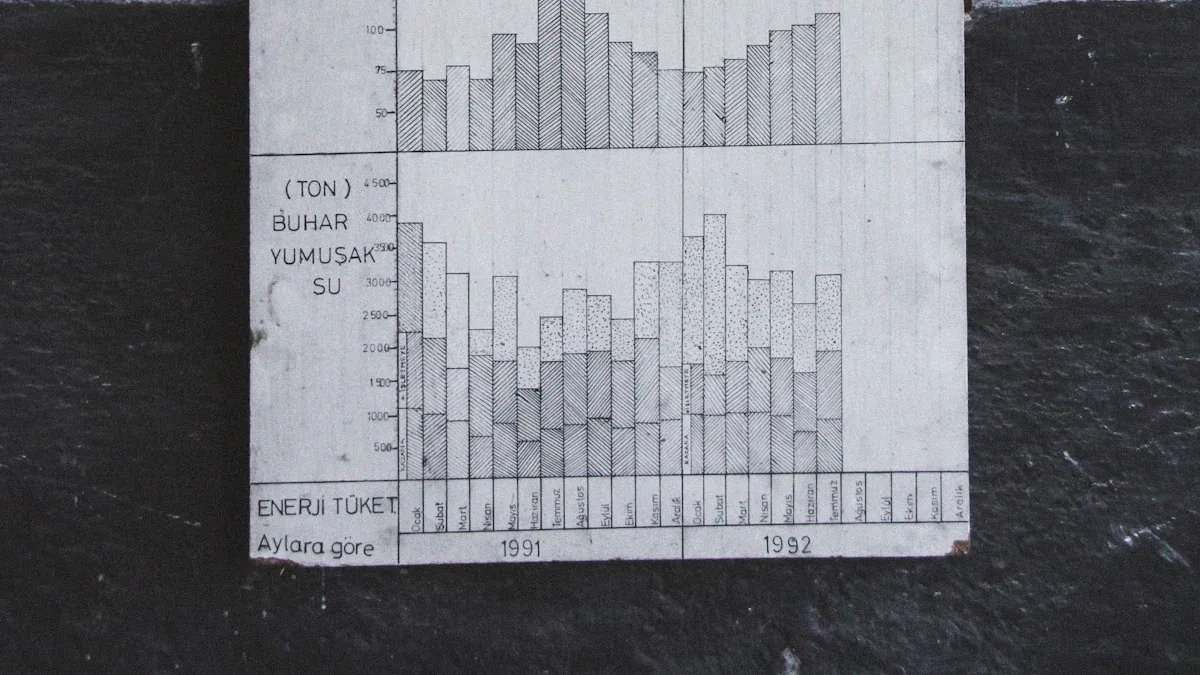
What is integrated reporting and why is it important
Integrated reporting combines financial and non-financial data, offering a full view of value creation, transparency, and stakeholder trust.
Lewis
Dec 12, 2025

What Is a Weekly Sales Report and Why Does It Matter
A weekly sales report tracks sales data, highlights trends, and guides decisions. See key components and benefits of weekly sales reports for your team.
Lewis
Dec 11, 2025
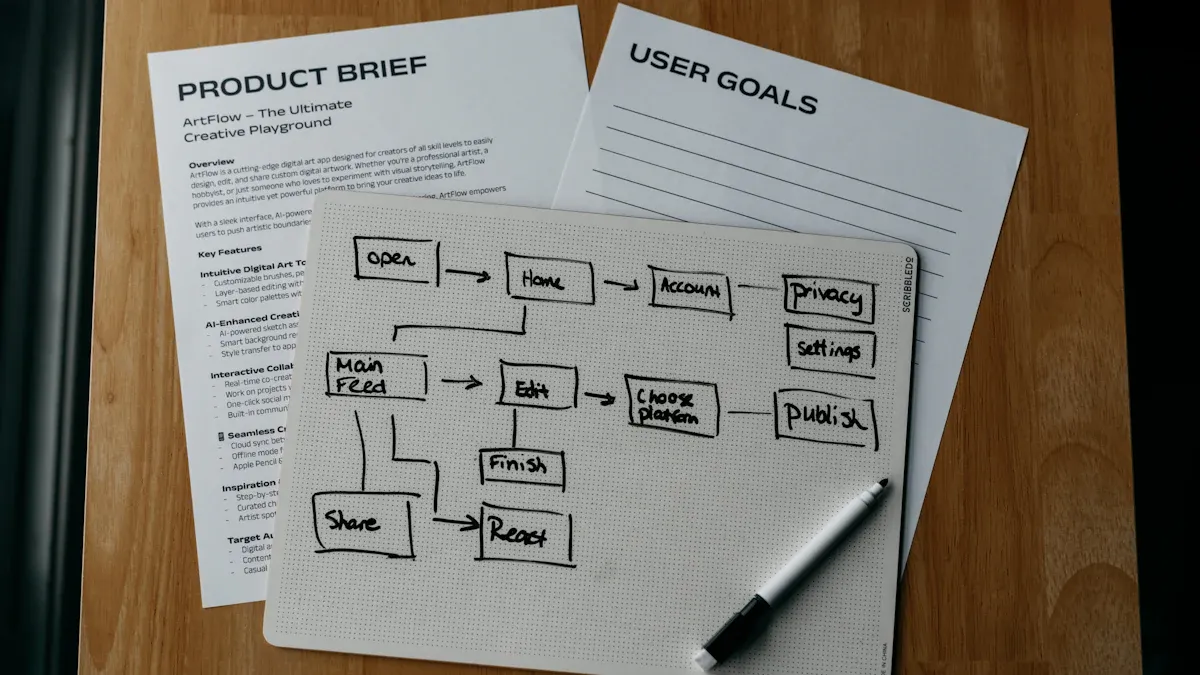
Top 9 Best Reporting Tools for ASP.NET Developers
Compare the top 9 best reporting tool for asp net projects in 2026. Find features, integration, and export options for ASP.NET and ASP.NET Core apps.
Lewis
Dec 10, 2025




